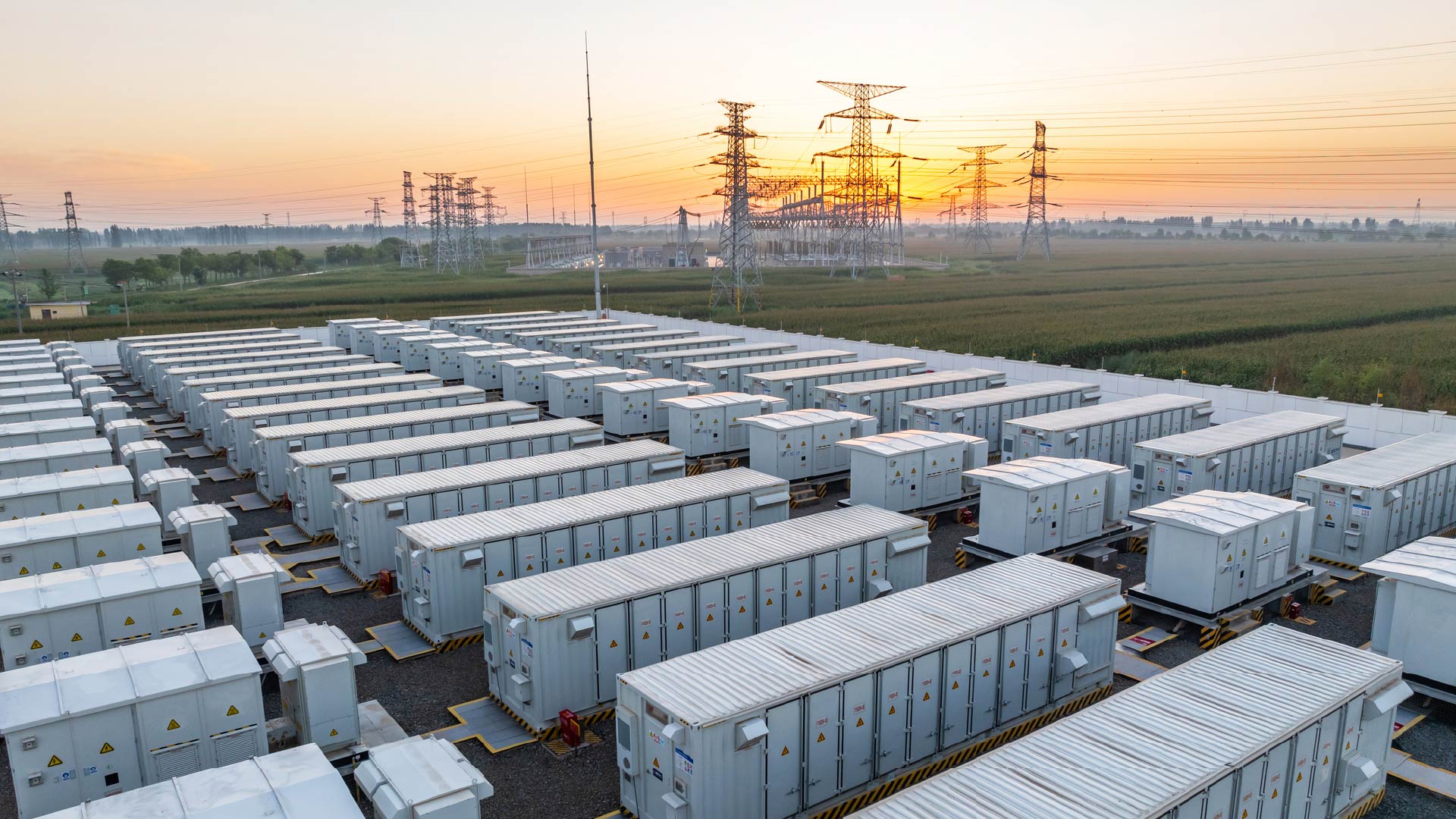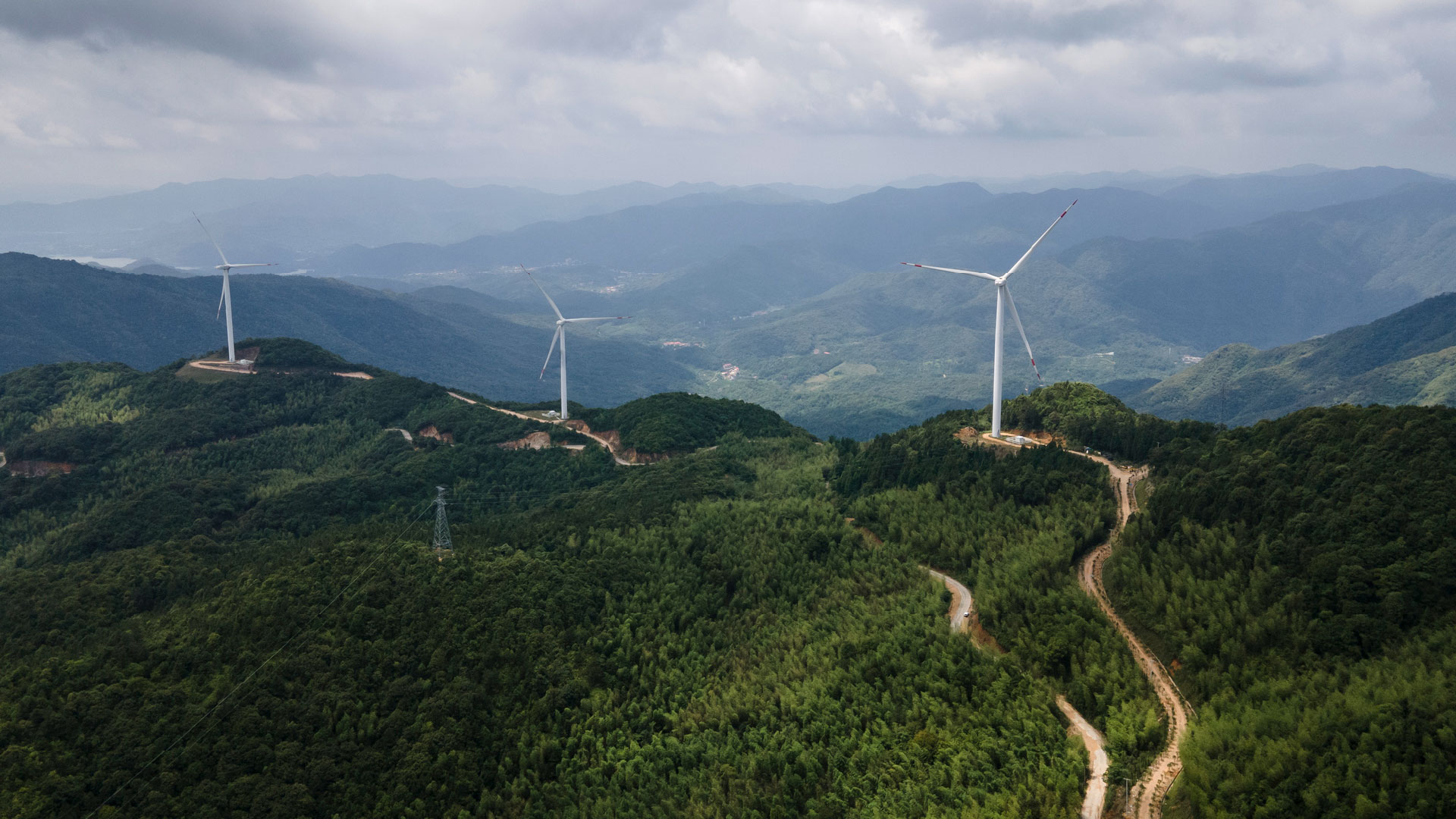Forecasting Blind Spots: The Looming Risk Of Degraded Weather Intelligence In The US
As the 2025 Atlantic hurricane season begins, the US National Weather Service (NWS) is facing significant staffing shortages, with nearly half of its 122 forecast offices experiencing vacancy rates exceeding 20%. These shortages are particularly acute in regions prone to severe weather, such as the offices along the hurricane-prone Gulf of Mexico where more than a dozen offices are understaffed – a consequence of hiring freezes under the Trump administration.
This staffing gap leaves key forecasting offices without round-the-clock coverage, undermining early warning systems just as forecasters predict an above average number of named storms. And the implications of these staffing deficits extend beyond immediate forecasting challenges. Reduced personnel across the NWS – and its parent organization the National Oceanic and Atmospheric Administration (NOAA) – has led to the curtailment of critical data collection activities. For example, routine weather balloon launches, which collect upper-atmosphere data essential to numerical weather prediction models, have been scaled back.
The erosion of data quality poses a significant risk to market segments that rely heavily on precise weather information. US fisheries are already beginning to feel the impact of staffing and funding cuts. Industries such as transportation and logistics, which rely on weather forecasts for planning and safety, face operational blind spots. Moreover, the insurance industry, which utilizes climate models to assess risk and set premiums, may find its models increasingly unreliable. In housing and financial services, lenders and banks may face mispriced mortgage risks if flood zones and storm projections no longer reflect current conditions.
In response, there have been calls for private and academic actors to step in where federal capacity has eroded. But increased reliance on fragmented, proprietary data networks raises concerns about consistency, data governance and access. If robust public data infrastructure is replaced by competitive or opaque systems, it may widen information asymmetries – benefitting large institutions while exposing smaller firms and communities to unseen risks.
The current situation underscores the need to reassess national investment in climate and weather services. Resilient forecasting systems are no longer a public sector luxury – they are a critical component of economic resilience. For any organization whose strategy, operations or asset base is weather-sensitive, the integrity of shared climate data should be viewed as a systemic risk.
For further insights, see Verdantix Future Of Climate Risk Management.
About The Author

Isobel McPartlin
Analyst





